Certain house names instantly conjure an image, whether it’s the distinctive roofline of an Oast House or the intricate timbers within a Tithe Barn. But how does a house name impact its value?
We looked at the house names associated with at least 30 sales over the past five years, and where at least one in five sales is £1 million or over, and found that the ancient feudal system, religion, mythology, beer and our nation’s flora still underpin what we consider to be prime.
The name of a house can give it a particular charm, even a notional personality, before a prospective buyer has even set eyes on the property. Quintessentially English names symbolise ideal country living, and conjure up images of period drama.
‘The Manor House’, historically the main house of the Lord of the Manor in Anglo-Saxon and Norman England, is often the grandest house in the locality, and today commands the highest price tag.
Over the past five years, properties with this name have commanded a £1,400,000 price tag, on average. More than two in every five sales are worth more than £1 million, almost four times more than the average house price in England & Wales.
In second place is ‘The Old Rectory’ with an average price tag of £1,301,424. A property with this name typically dates from the Georgian, Regency and Victorian periods, and was built to reflect the importance of the role of the rector. They tend to be grand buildings with land. Half (50%) of the properties sold with this name over the past five years have been valued at over £1 million.
For this reason, former rectories typically have a £200,000 higher price tag than ‘The Old Vicarage’, historically home to the lower-ranking vicar. This meant a smaller property – and former vicarages typically take the form of smaller manor houses or cottages. Over the past five years, properties with this name have sold at an average price of £1,086,887, although fewer sales have been over £1 million (39%).
Manor houses, rectories and vicarages, in particular, benefit from central locations typically sitting on the edge or at the centre of the village. Properties which historically symbolised high stature are also usually very well proportioned with high ceilings and large windows, and good sized gardens, perfect for modern-day families.
The timeless appeal of these homes mean that they will never go out of fashion and will always be highly sought after by buyers.
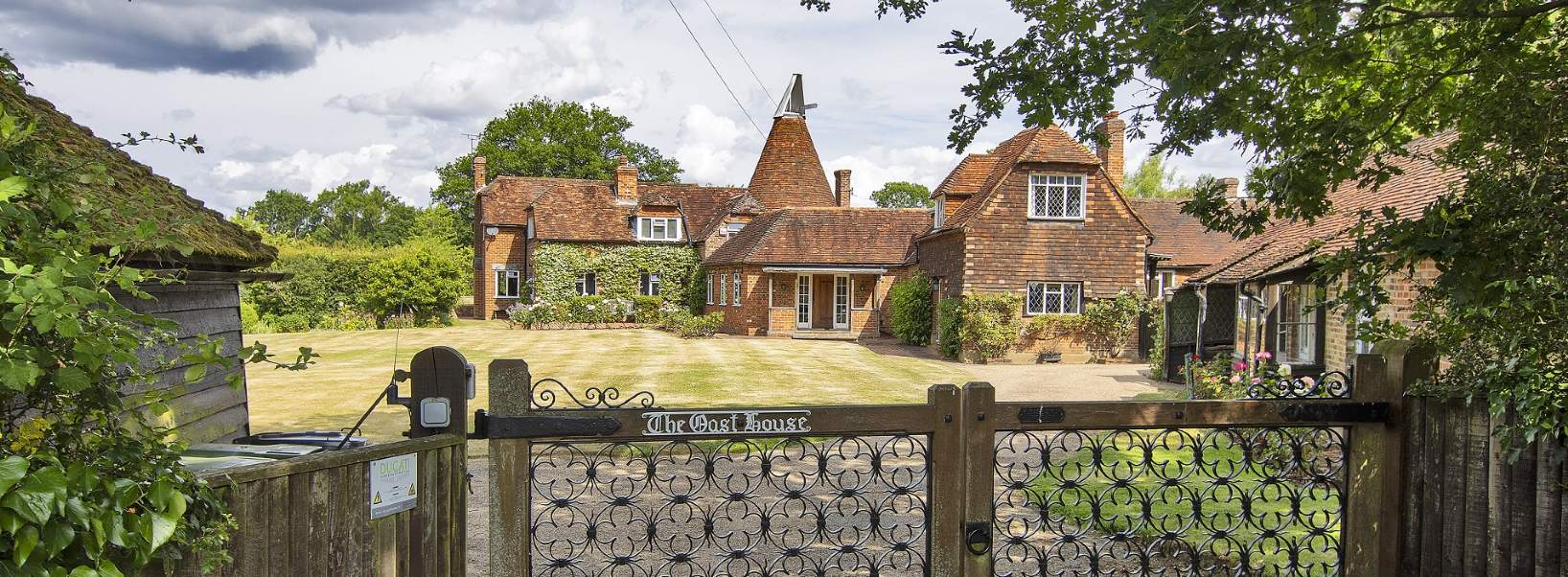

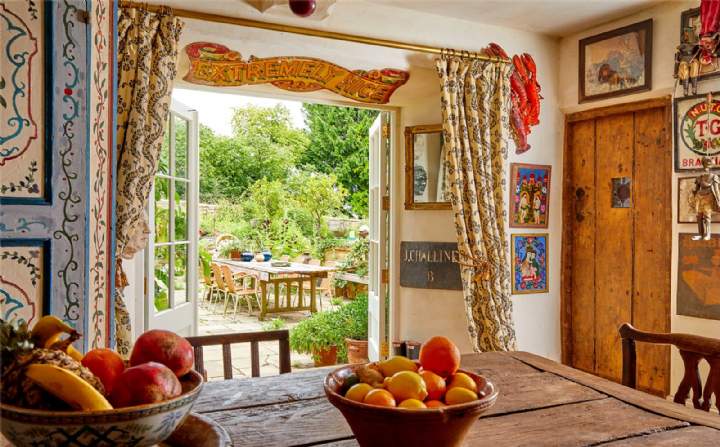
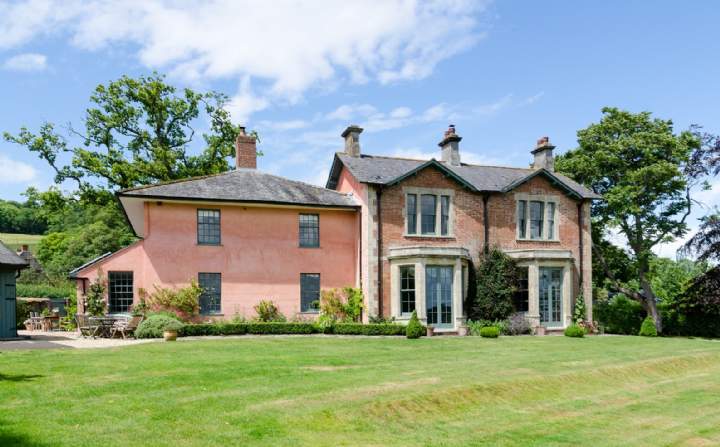
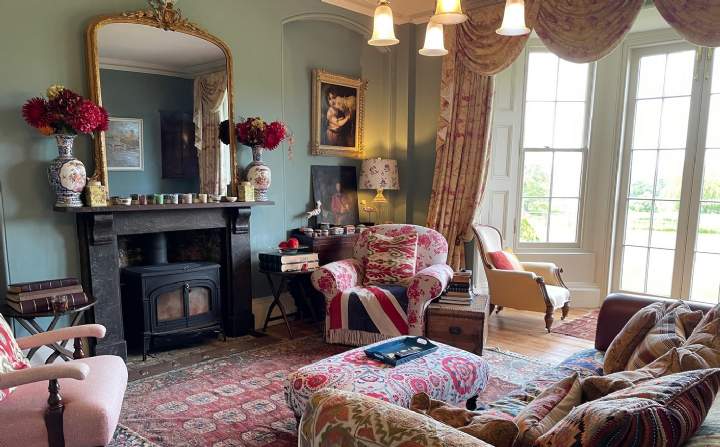
.jpg)
.jpg)

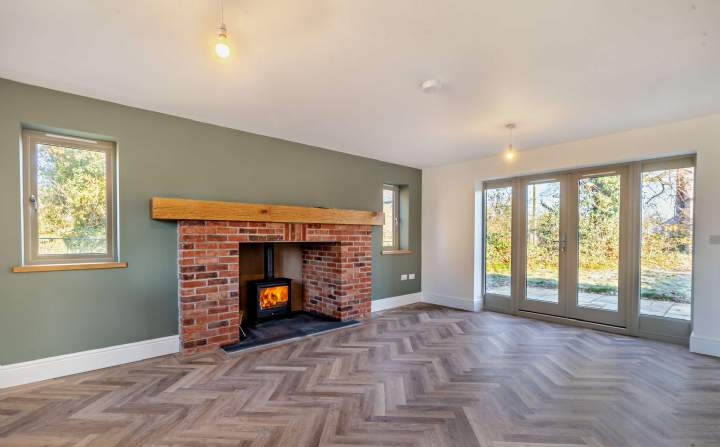
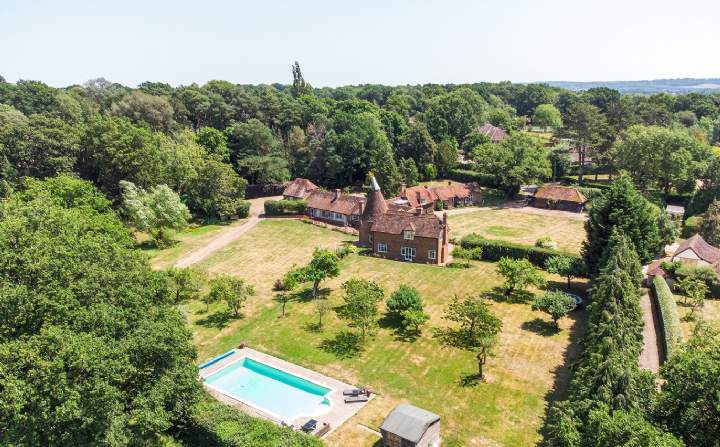
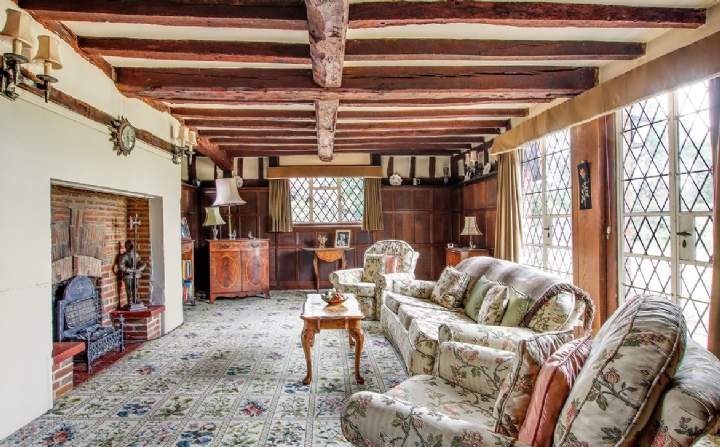
.jpg)
.jpg)
.jpg)
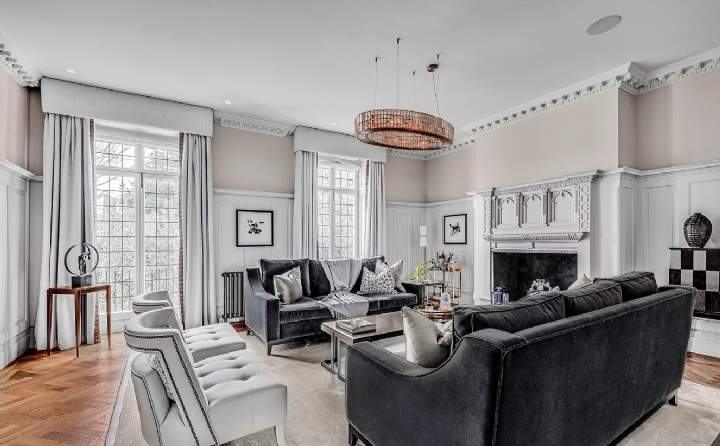
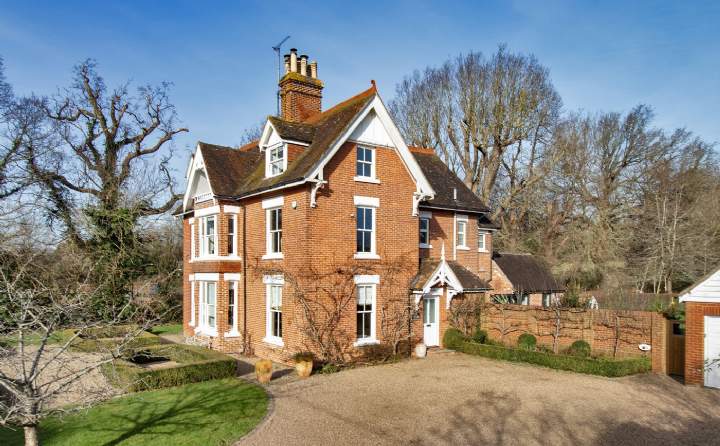
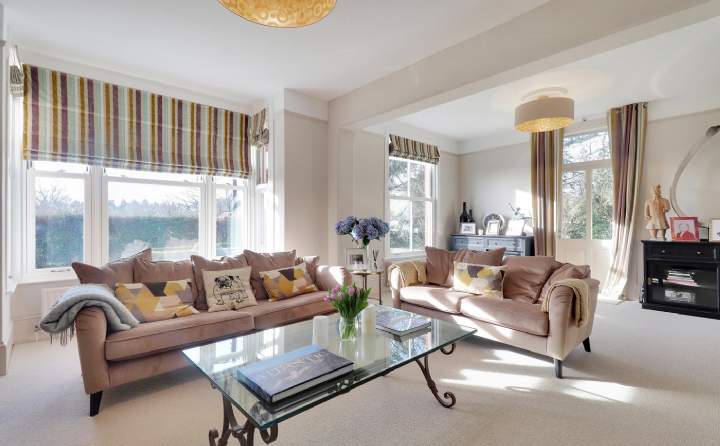
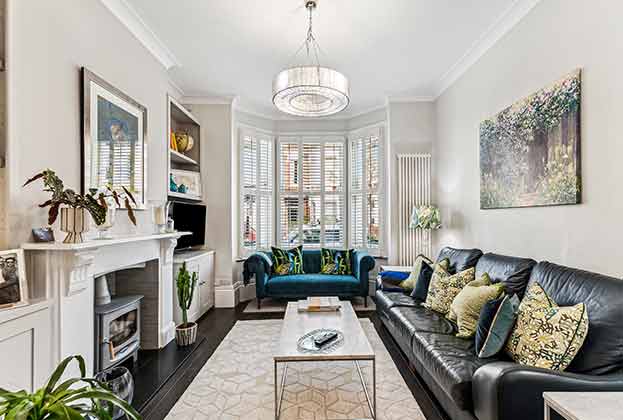
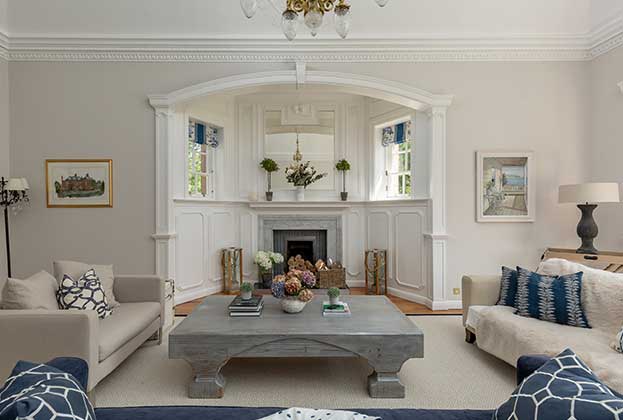
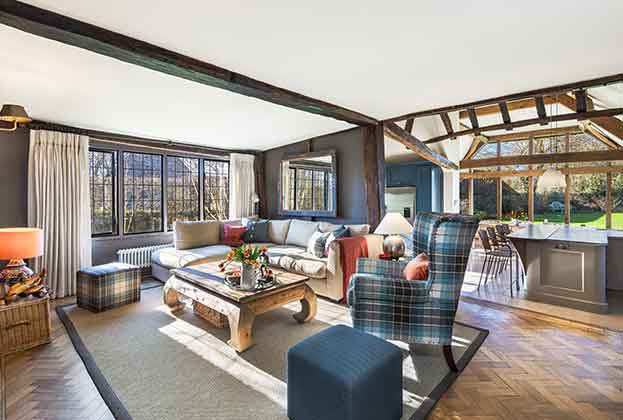
.jpg)
.jpg)
.jpg)
(1).jpg)
.jpg)
.jpg)
.jpg)